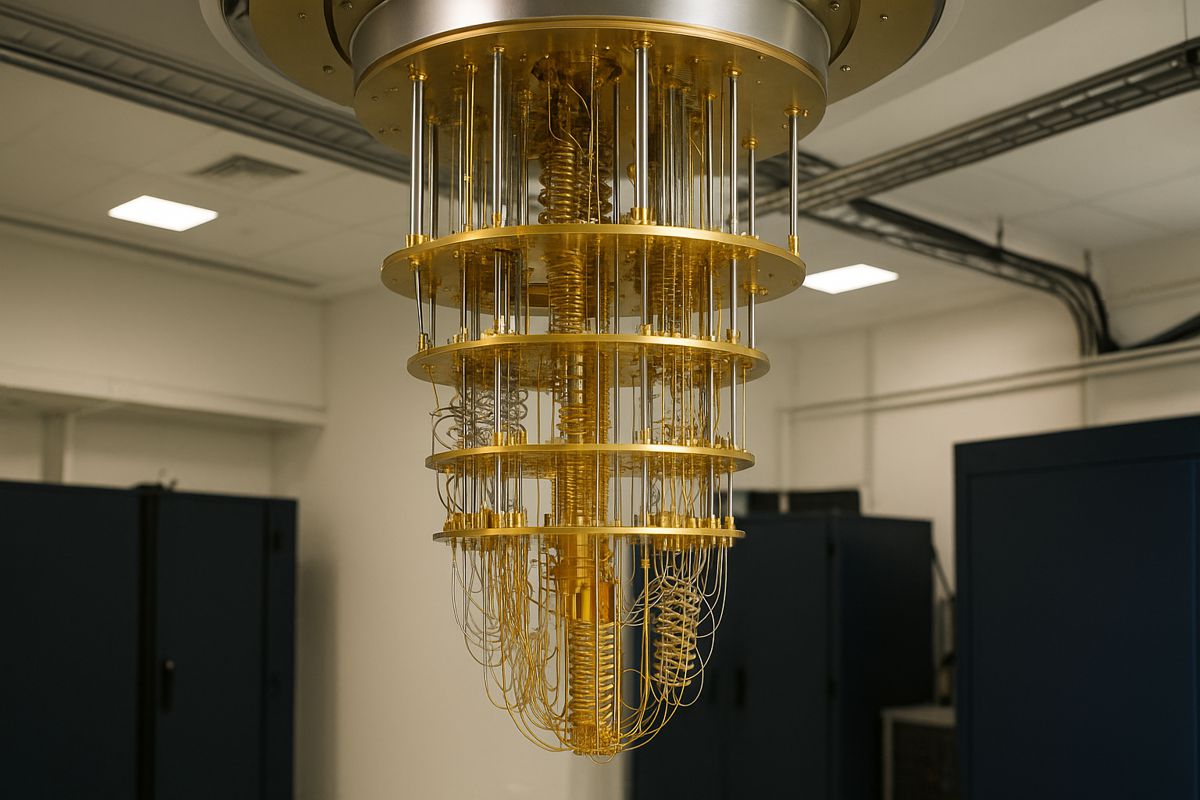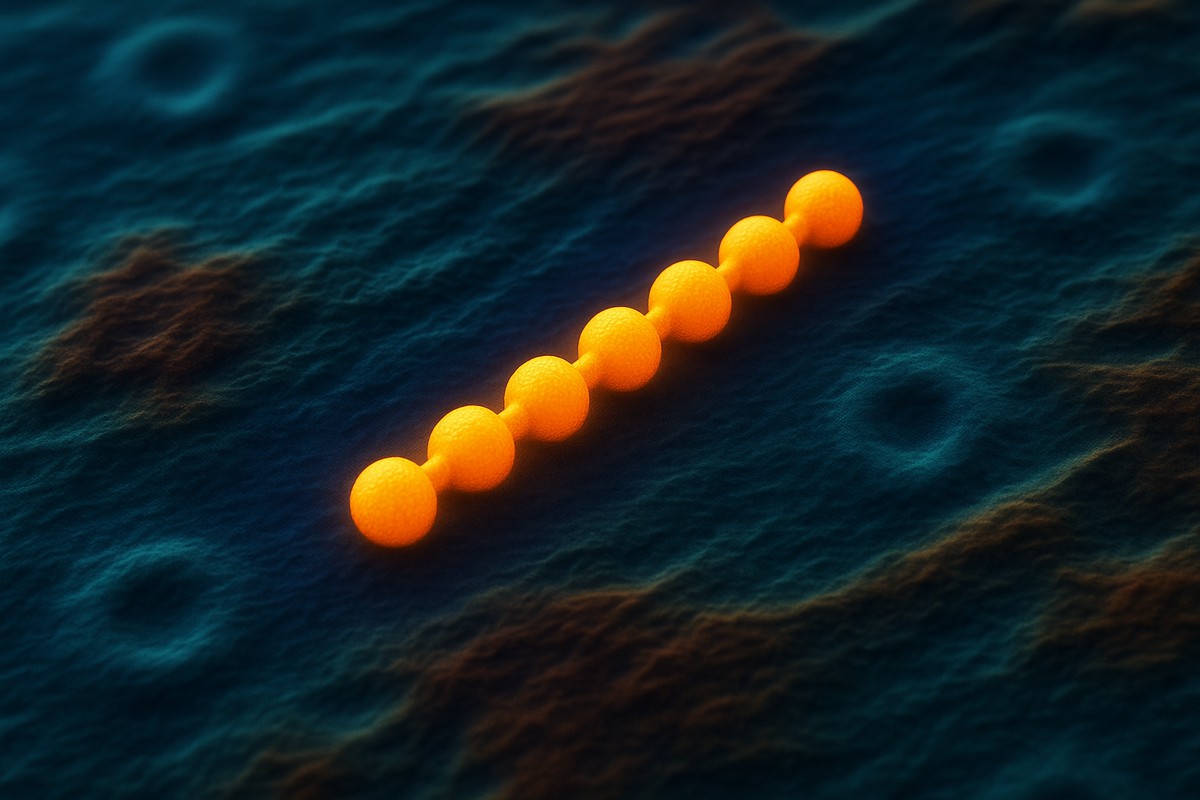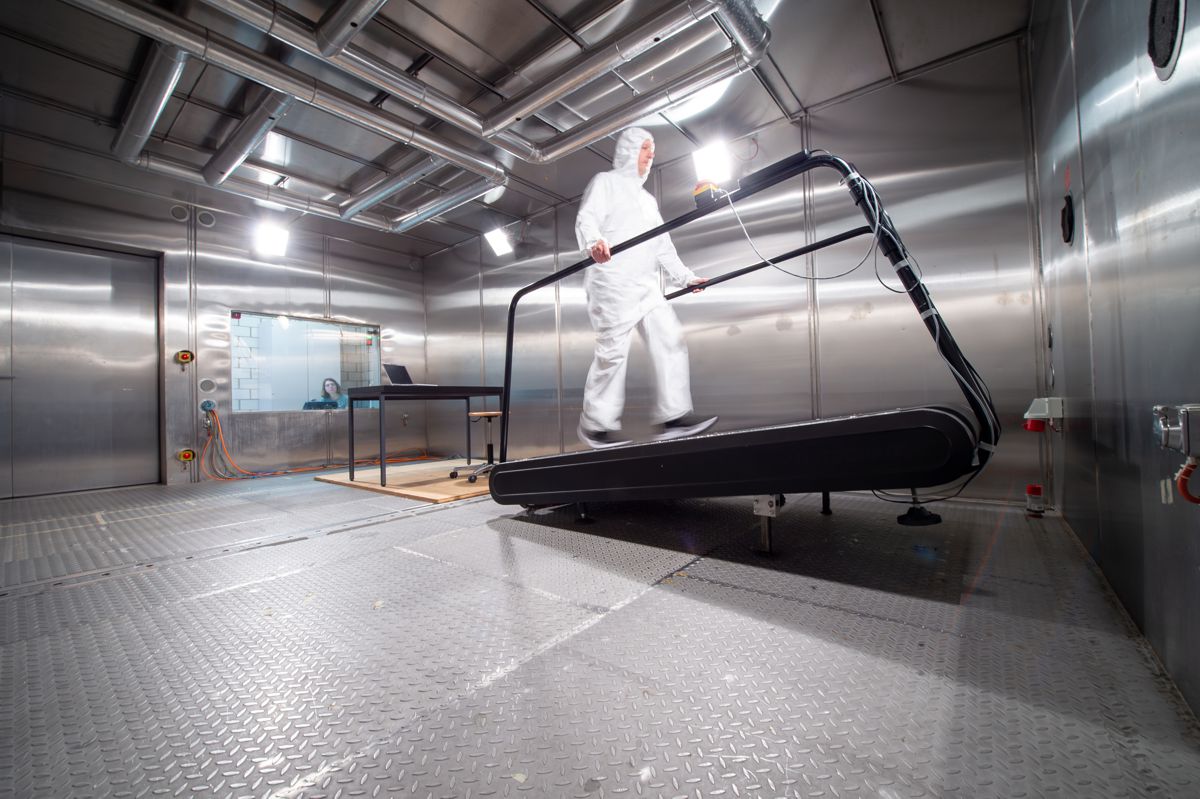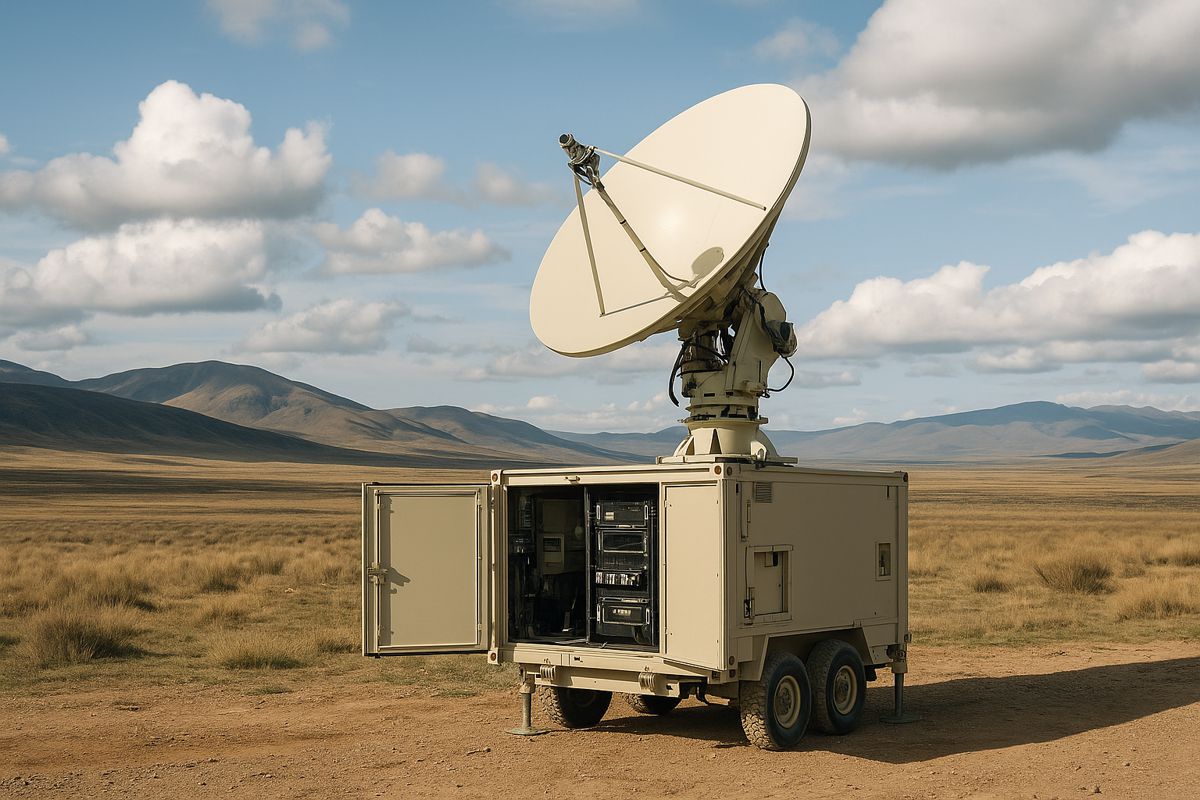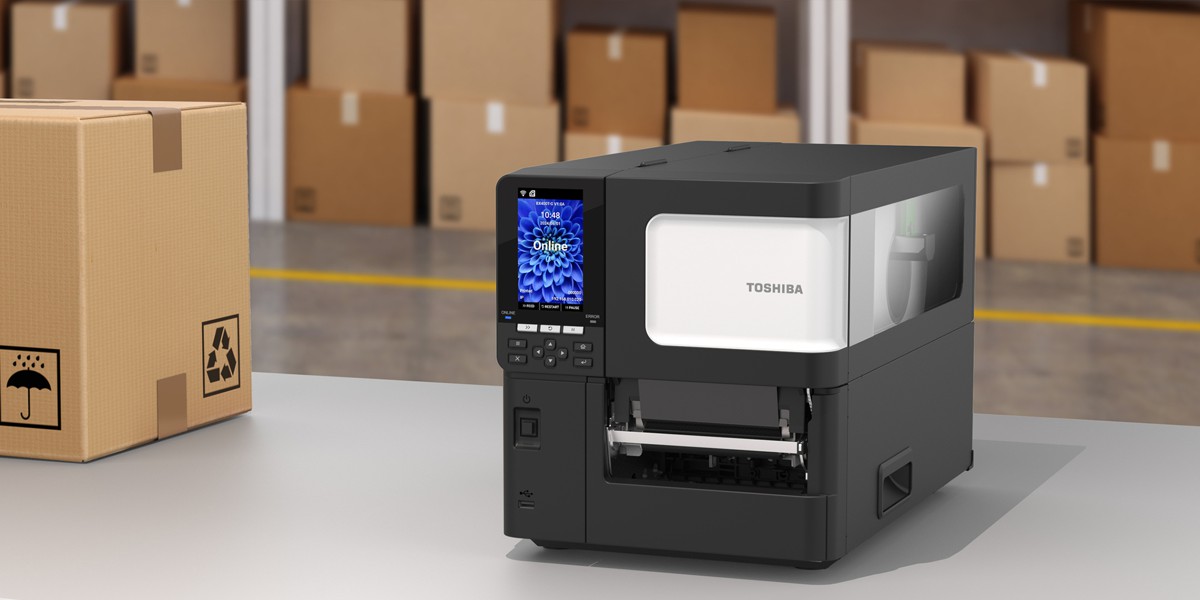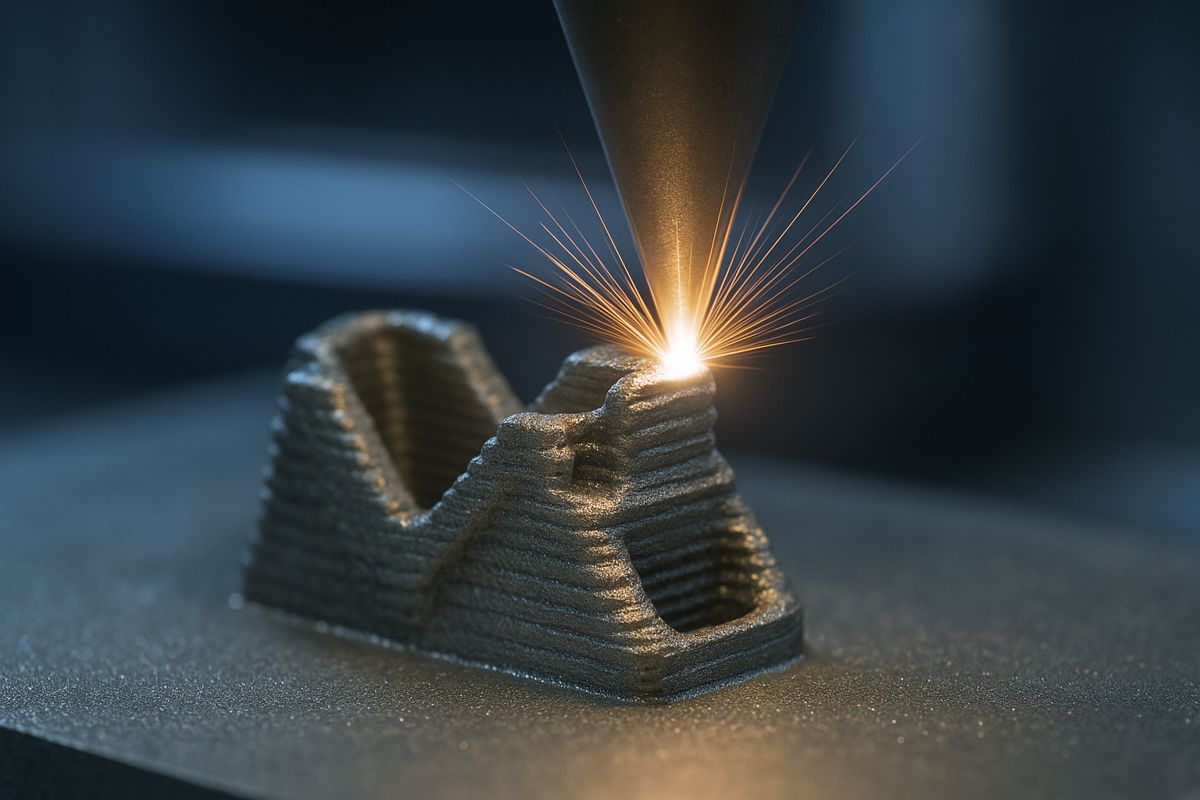Time Crystals and the Future of Quantum Computers
A team of physicists at Aalto University has taken a bold step into the frontier of quantum science by successfully linking a time crystal to an external system for the first time. This achievement marks a milestone that could profoundly reshape quantum computing and ultra-sensitive sensing technologies.
Time crystals are not ordinary matter. First theorised in 2012 by Nobel Laureate Frank Wilczek, these exotic structures defy the classical laws of physics by moving perpetually without expending energy. They’re essentially systems that repeat a pattern not in space, but in time, akin to a pendulum that keeps swinging forever without friction or fuel.
While scientists have observed time crystals before, they’ve always been isolated, disturbing them caused their delicate motion to collapse. The Aalto University team, led by Academy Research Fellow Jere Mäkinen, has now achieved the impossible: coupling a time crystal with an external system while maintaining its perpetual oscillations. Their research, published in Nature Communications October 2025, opens a gateway to next-generation quantum technologies.
Cracking the code of perpetual motion
The experiment was performed in Aalto University’s Department of Applied Physics, within the renowned Low Temperature Laboratory, part of OtaNano, Finland’s national research infrastructure for nano-, micro-, and quantum technologies. Using radio waves, the researchers pumped magnons, quasiparticles representing collective magnetic excitations, into a superfluid of helium-3 cooled close to absolute zero.
When the radio waves were switched off, something remarkable occurred. The magnons organised themselves into a coherent state that oscillated perpetually: a time crystal. This system maintained its motion for an astonishing 10^8 cycles, several minutes in real time, before finally fading below measurable limits.
Mäkinen explains: ‘Perpetual motion is possible in the quantum realm so long as it isn’t disturbed by external energy input, such as observation. That’s why a time crystal had never before been connected to another system. But we did just that and showed, for the first time, that its properties can be tuned using this approach.’
A dance of magnons and mechanics
What sets this study apart is not just the creation of a long-lived time crystal but the interaction it forged with a nearby mechanical oscillator. During its gradual decay, the time crystal became coupled to this oscillator in a process governed by frequency and amplitude, mirroring phenomena found in optomechanics.
This discovery bridges two powerful domains of modern physics: quantum materials and optomechanical systems. These interactions are similar to the mechanisms used at the Laser Interferometer Gravitational-Wave Observatory (LIGO) in the U.S., where minute oscillations help detect ripples in spacetime.
Mäkinen notes: ‘We showed that changes in the time crystal’s frequency are completely analogous to optomechanical phenomena widely known in physics. By reducing energy loss and boosting the oscillator’s frequency, our setup could reach the border of the quantum realm.’
Superfluid secrets and quantum synergy
Superfluid helium-3, the material at the heart of this experiment, is an extraordinary quantum state of matter. Its near-zero viscosity and macroscopic quantum coherence make it ideal for studying collective behaviours like those of magnons. The researchers used Aalto’s advanced cryogenic and computational facilities through the Science-IT project to carry out simulations and data analysis.
By carefully balancing energy inputs, they managed to sustain the time crystal’s oscillations without collapsing its fragile quantum coherence. This delicate tuning provides a new blueprint for hybrid quantum systems, ones that merge distinct quantum effects into a single, controllable entity.
Unlocking quantum computing potential
So, what does this mean for the future of technology? The implications are staggering. Quantum computers rely on maintaining coherence among qubits, the quantum bits that hold and process information. However, decoherence, the loss of quantum order, remains the Achilles’ heel of the field.
Time crystals, thanks to their extraordinary longevity, could provide a stable foundation for quantum memory systems, helping store information for much longer than current technologies allow. Mäkinen elaborates: ‘Time crystals last for orders of magnitude longer than the quantum systems currently used in quantum computing. In the best-case scenario, they could power quantum computer memory systems, significantly improving performance.’
Beyond computing, time crystals could also revolutionise quantum sensing. Their consistent, repeating motion makes them ideal candidates for use as frequency combs, tools that underpin high-precision measurement systems, such as those used in navigation, spectroscopy, and even detecting gravitational waves.
A leap toward practical quantum devices
Until now, most discussions about time crystals lived in the realm of theory. But the Aalto team’s breakthrough brings the concept closer to real-world applications. By demonstrating control over the crystal’s properties, they’ve laid the groundwork for engineering quantum systems that operate far beyond the limits of today’s hardware.
Such progress doesn’t just push the boundaries of science, it lays the foundation for a new generation of quantum technologies capable of transforming computing, communication, and sensing. The coupling of time crystals with external systems could lead to highly efficient, ultra-stable components in future quantum processors.
A future shaped by time symmetry
The notion of perpetual motion might sound like science fiction, but in the quantum world, it’s becoming a tangible reality. As the understanding of time crystals deepens, researchers anticipate further breakthroughs that merge fundamental physics with practical engineering.
If scaled and stabilised, these systems could lead to dramatic improvements in energy efficiency, computation speed, and signal accuracy. They might even become a cornerstone of quantum networks, enabling secure, ultra-fast communication channels based on persistent oscillations in the time domain.
What’s most compelling is how this development reframes humanity’s relationship with time itself. Instead of being a dimension to measure, time may soon become an active resource, something that can be harnessed, manipulated, and encoded into the future architecture of computing.
Quantum horizons
As research continues, the promise of time crystals shines brighter. Their unique ability to exist in a perpetual rhythm without energy loss challenges the very foundation of thermodynamics and invites new ways of thinking about matter and information.
From Aalto’s frozen laboratories to quantum start-ups and global tech giants, interest in hybrid quantum systems is accelerating. The next leap may well come from turning these elegant experiments into functional devices, powering the quantum revolution that’s already unfolding before our eyes.
